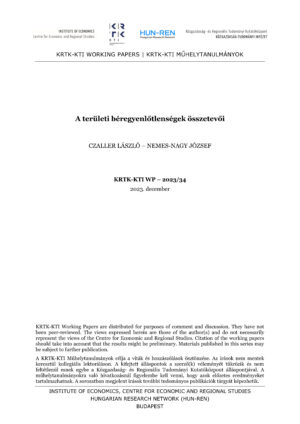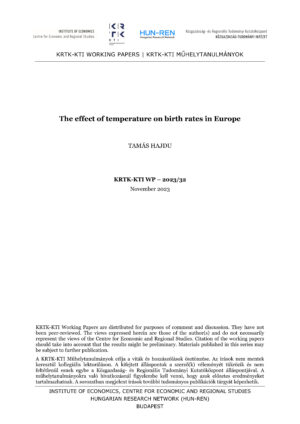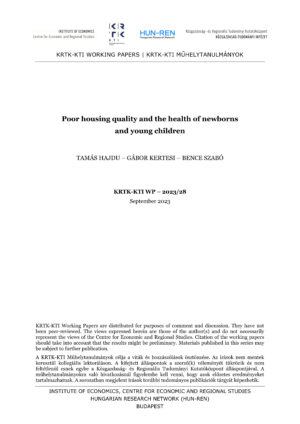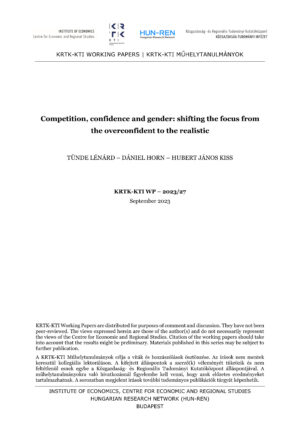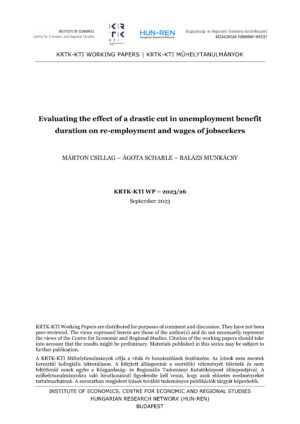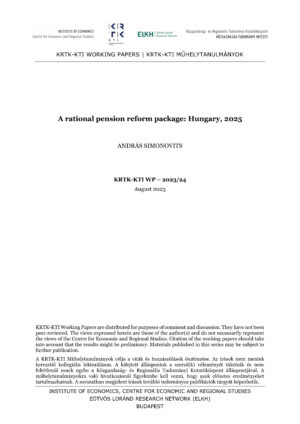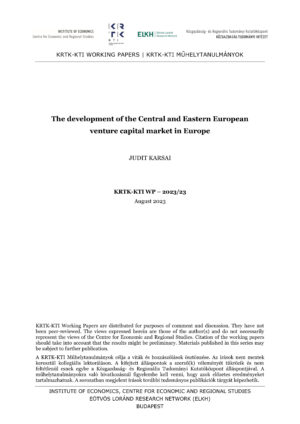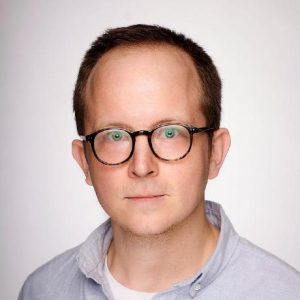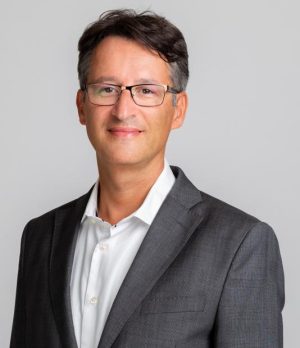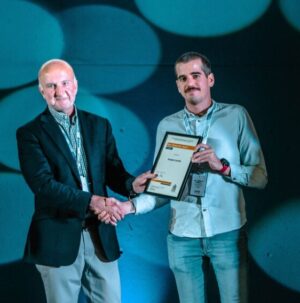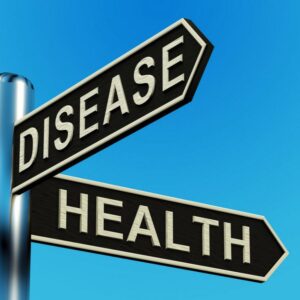Ebben a tanulmányban azt vizsgáljuk, hogy a munkavállalók és a járások szintjén megfigyelt béregyenlőtlenségeknek mekkora hányadát magyarázzák a munkavállalói és munkáltatói jellemzők, illetve a térségek eltérő adottságai. Ehhez a Pénzügyminisztérium bértarifa-felvételét használjuk fel, ami részletes adatokkal szolgál a munkavállalók keresetéről, egyéni jellemzőiről, illetve a munkáltatókról. Eredményeink azt mutatják, hogy az egyének szintjén megfigyelt bérkülönbségek magyarázatában a munkavállalók jellemzői, ezen belül is főként a betöltött munkakör jellege, illetve az iskolai végzettség játssza a vezető szerepet. A munkáltatói szintű ismérvek magyarázóereje másodlagos, de még így is jelentősen meghaladja a térségi adottságok együttes hozzájárulását, ami legfeljebb 1-3%-ra tehető. A járási szintű átlagbér-különbségek vizsgálata során azt kapjuk, hogy a járások munkavállalói és munkáltatói összetétele a béregyenlőtlenségek háromnegyedéért felelős, az összetételhatás kiszűrésével a bruttó havi átlagbérek szórása harmadára csökken. Ezek az eredmények elsősorban a humán tőke fejlesztésére irányuló szakpolitikai beavatkozások szerepét húzzák alá a hátrányos helyzetű térségek jövedelmi felzárkóztatásában.
